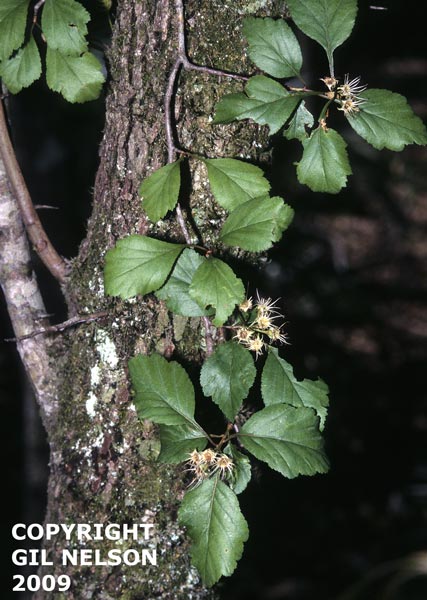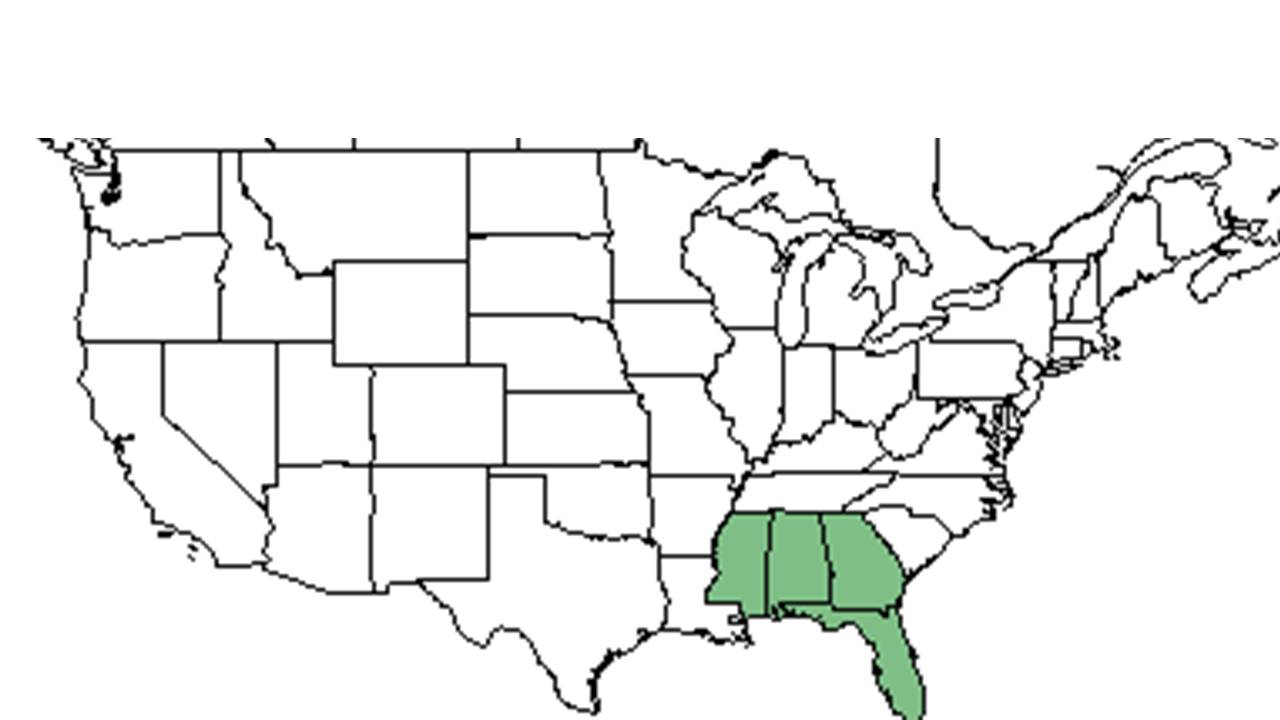Crataegus pulcherrima
| Crataegus pulcherrima | |
|---|---|

| |
| photo by Gil Nelson | |
| Scientific classification | |
| Kingdom: | Plantae |
| Division: | Magnoliophyta - Flowering plants |
| Class: | Magnoliopsida – Dicotyledons |
| Order: | Rosales |
| Family: | Rosaceae |
| Genus: | Crataegus |
| Species: | C. pulcherrima |
| Binomial name | |
| Crataegus pulcherrima Ashe | |

| |
| Natural range of Crataegus pulcherrima from USDA NRCS Plants Database. | |
Common name: beautiful hawthorn
Contents
Taxonomic notes
Synonyms: Crataegus pulcherrima var. pulcherrima; C. macilenta Beadle; C. lenis Beadle; C. abstrussa Beadle; C. ancisa Beadle; C. austrina Beadle; C. contrita Beadle; C. concinna Beadle; C. macilenta Beadle; C. pinetorum Beadle; C. illustris Beadle; C. robur Beadle; C. tecta Beadle; C. incilis Beadle; C. intricata Lange
Description
A description of Crataegus pulcherrima is provided in The Flora of North America. Crataegus pulcherrima is a small understory tree, usually with a single main trunk and bushy crown. It's bark tends to be thickish, dark gray, and rough, or broken into small blocks[1].
Distribution
Found from Mississippi to Georgia and northern Florida[2].
Ecology
Habitat
C. pulcherrima can be found in upland mixed hardwood communities, longleaf pine-oak forests, longleaf pine-scrub oak sand ridges, and holly-mixed hardwood forests. It seems to prefer sandy soils, and can be found in well-drained soil occurring over limerock. This species also occurs more frequently in stands with a low second growth of hardwoods[1].
Associated species include Longleaf pine, Loblolly pine, Shortleaf pine, and oak species[1].
Phenology
It has been observed flowering in March, April, and May. Fruiting has been observed in May, June, September, and October[1]. C. pulcherrima reproduces sexually and does not spread vegetatively[3].
Seed dispersal
Fruits are eaten by birds which disperse the seeds[3].
Conservation and Management
Threats to this species include logging, clearing, and conversion of habitat to pine plantations and developments[3].
Cultivation and restoration
Photo Gallery
References and notes
- ↑ 1.0 1.1 1.2 1.3 Florida State University Robert K. Godfrey Herbarium database. URL: http://herbarium.bio.fsu.edu. Last accessed: June 2014. Collectors: R. A. Norris, Robert K. Godfrey, and R. Komarek. States and Counties: Florida: Gadsden, Jackson, Leon, Wakulla, and Washington. Georgia: Grady.
- ↑ Phipps, J. B., R. J. O'Kennon, et al. (2006). "REVIEW OF CRATAEGUS SERIES PULCHERRIMAE (ROSACEAE)." SIDA, Contributions to Botany 22(2): 973-1007.
- ↑ 3.0 3.1 3.2 [[1]]Georgia Wildlife. Accessed: April 15, 2016